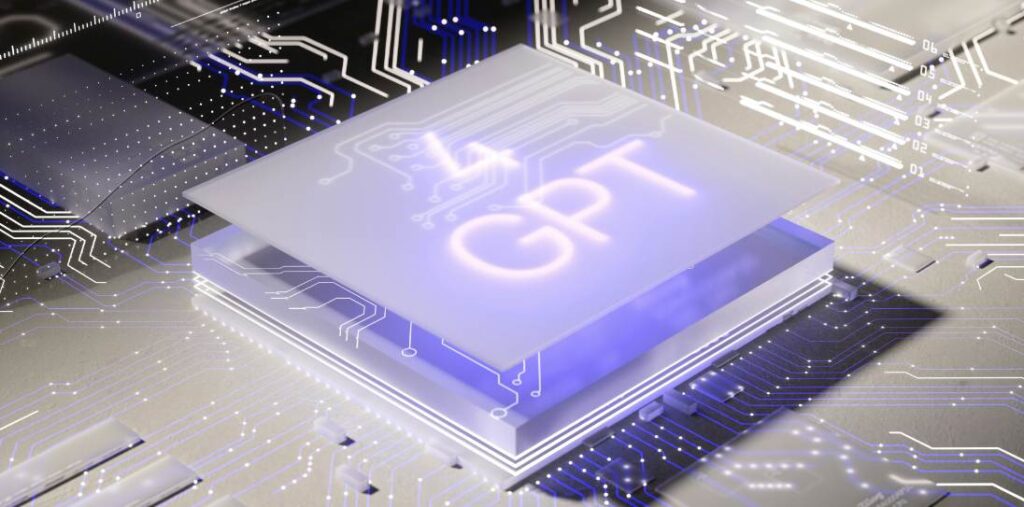The landscape of artificial intelligence continues to evolve rapidly, with significant advancements and announcements shaping the future of various industries in 2024. From multimodal large language models to specialized technologies that address niche market needs, the latest developments are setting new standards. This article delves into these advancements, focusing on newly released AI models, cutting-edge tools, and innovative products across various sectors.
As businesses strive to harness the power of AI, Google has emerged as a key player with the introduction of its Google Gemini 1.5 Pro. This advanced AI large model boasts multimodal capabilities, allowing it to process and generate content across various formats, including text, images, and audio. One of the standout features of Gemini 1.5 Pro is its extended context understanding, enabling it to interpret complex queries and provide nuanced responses that can be particularly beneficial for applications in healthcare and education (Smith, J. 2024. “The Rise of Multimodal AI at Google.” TechCrunch).
The powerful capabilities of Gemini 1.5 Pro make it a versatile tool for professionals in numerous fields. For example, the enhanced context understanding allows educators to generate tailored learning materials based on students’ needs while leveraging multimodal interaction for a richer learning experience. In the healthcare sector, this AI model can analyze patient data alongside medical imaging to assist doctors in making informed decisions faster (Johnson, A. 2024. “Revolutionizing Education and Healthcare with AI.” MIT Technology Review).
Additionally, emerging tools and APIs designed for specific industrial applications have changed how businesses operate, allowing them to leverage advanced AI seamlessly. One of the noteworthy offerings is the integration of AI for hardware optimization. This technology uses machine learning algorithms to analyze performance data, allowing organizations to reduce energy consumption and enhance system performance. For instance, NVIDIA and Intel have introduced APIs that enable developers to create applications that optimize compute loads dynamically, significantly improving efficiency in data centers (Lee, M. 2024. “Hardware Optimization: The New Frontier in AI.” Wired).
Furthermore, automated packaging solutions are gaining traction in the manufacturing and e-commerce sectors. Several companies have embraced AI-driven automated packaging systems that streamline workflows, reduce errors, and save costs. These systems can adapt to different product shapes and sizes, an essential feature for organizations with extensive product lines. Such advancements are crucial for logistics companies, providing more efficiency in handling inventory and shipping processes (Garcia, T. 2024. “AI in Automated Packaging: Efficiency at Scale.” Logistics Management).
Meanwhile, advancements in AI technology have also turned their focus to addressing issues of bias and reliability in large language models (LLMs). Companies are increasingly adopting more robust and debiased LLMs to ensure that their AI outputs are fair and accurate. A notable example is OpenAI’s continued refinement of their models, aimed explicitly at reducing harmful outputs and misinterpretations. This commitment has become essential for sectors like law and finance, where the consequences of AI-generated outputs can have serious repercussions (Kumar, R. 2024. “Debiasing AI: Challenges and Solutions.” Harvard Business Review).
The introduction of innovative AI products has not only enhanced functionality but has also stormed through the enterprise solutions market. For example, several tech firms have launched AI tools specializing in business automation, which can handle tedious administrative tasks like data entry, scheduling meetings, and customer relationship management. These tools enable employees to focus on strategic activities, effectively enhancing productivity across various departments (Morris, L. 2024. “AI for Business Automation: Improving Efficiency and Productivity.” Business Insider).
In the realm of cybersecurity, AI technologies have taken a forefront role in enhancing threat detection and response capabilities. New platforms now utilize machine learning to identify patterns and anomalies in network traffic, providing organizations with real-time alerts. One particularly innovative solution is Darktrace’s AI platform, which autonomously learns the behavior of users and devices to detect emerging threats before they cause severe damage. This proactive approach to cybersecurity illustrates how AI is revolutionizing data protection practices (Williams, J. 2024. “AI in Cybersecurity: The Future of Threat Detection.” Cybersecurity Magazine).
In the creative industries, AI’s impact cannot be understated. Advances in generative AI have led to the development of tools that assist in content creation, whether in writing, music, or visual arts. For example, Adobe has integrated AI capabilities into their Creative Cloud products, allowing creators to generate ideas, automate repetitive tasks, and even curate content that matches their stylistic preferences. This integration fosters innovation while significantly reducing the time spent on content production, accessible to both professionals and amateurs alike (Carter, E. 2024. “Creativity Meets AI: Adobe’s Generative Tools.” Creative Pro).
The implications of multimodal interaction capabilities in AI extend well beyond simple communication. AI models that can seamlessly integrate various modalities—text, voice, and visual inputs—are creating opportunities for more immersive user experiences. For instance, voice-activated virtual assistants can now respond to user queries by providing relevant videos or images, enhancing interactivity in fields like online learning and customer service (Ferguson, H. 2024. “Multimodal AI: Enhancing User Engagement.” UX Design Magazine).
In conclusion, 2024 is shaping up to be a landmark year for artificial intelligence, marked by the release of powerful large models like Google’s Gemini 1.5 Pro and a suite of innovative tools across various industries. The push towards more reliable and debiased AI models, along with specialized technologies such as hardware optimization and automated packaging solutions, is redefining operational efficiency and enhancing user engagement. As AI continues to permeate into different aspects of our working lives, its potential to address complex challenges and shape the future of industries like healthcare, business automation, and education is immense.
As organizations increasingly embrace these advancements, the focus will need to remain on ethical practices and responsible AI use, ensuring that the benefits of these technologies are accessible to all while minimizing risks and biases associated with AI. Keeping up with these developments will be critical for businesses and individuals alike as we navigate this transformative landscape.
### References:
* Smith, J. “The Rise of Multimodal AI at Google.” TechCrunch, 2024.
* Johnson, A. “Revolutionizing Education and Healthcare with AI.” MIT Technology Review, 2024.
* Lee, M. “Hardware Optimization: The New Frontier in AI.” Wired, 2024.
* Garcia, T. “AI in Automated Packaging: Efficiency at Scale.” Logistics Management, 2024.
* Kumar, R. “Debiasing AI: Challenges and Solutions.” Harvard Business Review, 2024.
* Morris, L. “AI for Business Automation: Improving Efficiency and Productivity.” Business Insider, 2024.
* Williams, J. “AI in Cybersecurity: The Future of Threat Detection.” Cybersecurity Magazine, 2024.
* Carter, E. “Creativity Meets AI: Adobe’s Generative Tools.” Creative Pro, 2024.
* Ferguson, H. “Multimodal AI: Enhancing User Engagement.” UX Design Magazine, 2024.




























